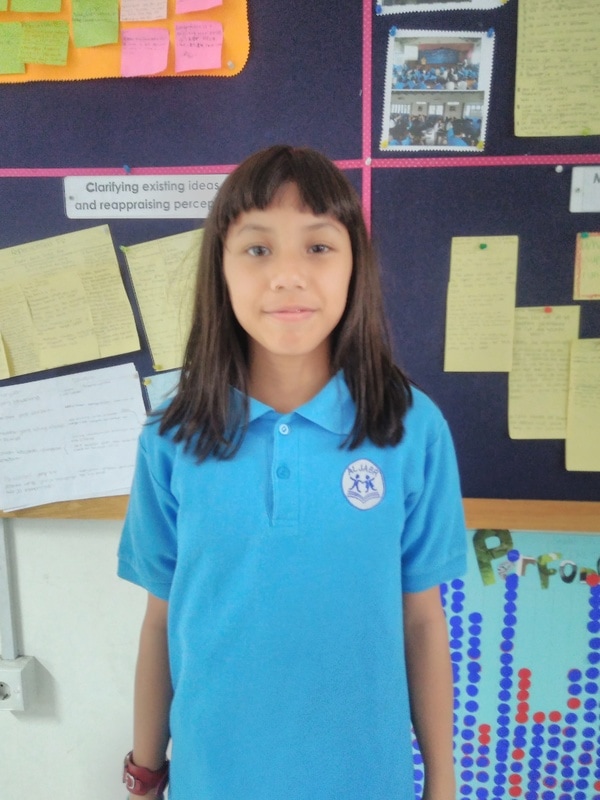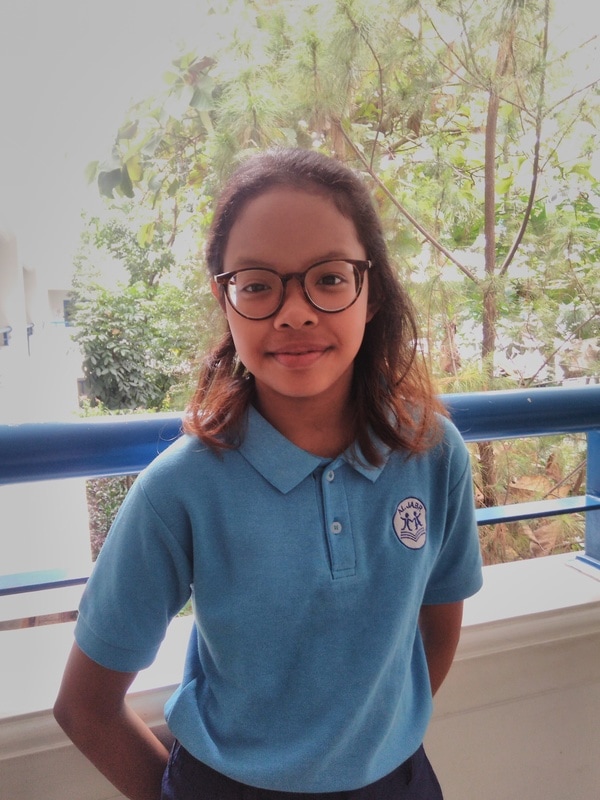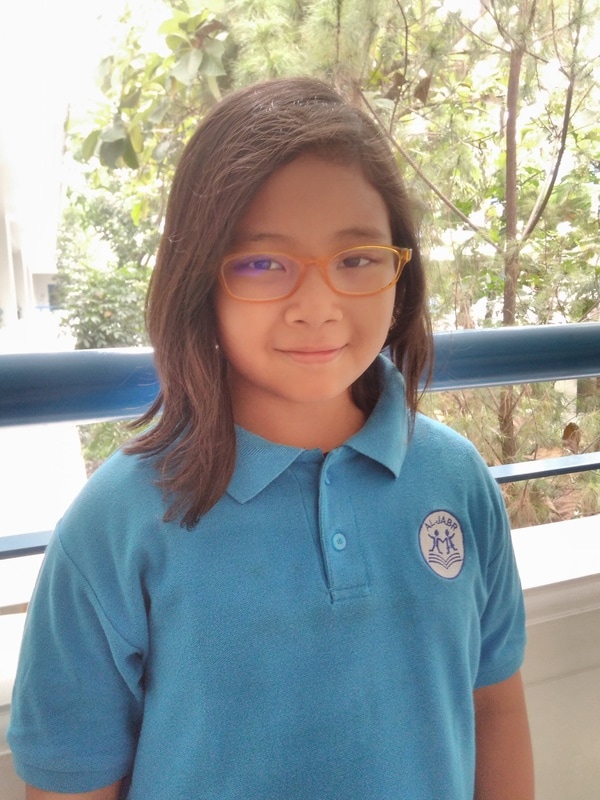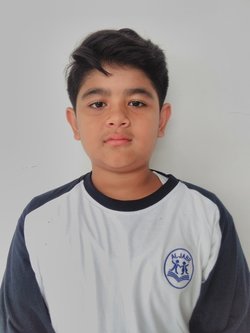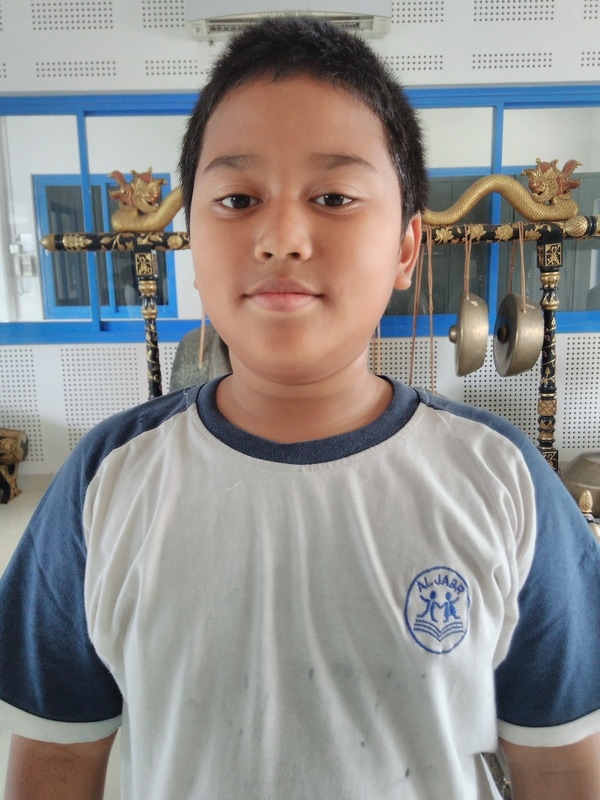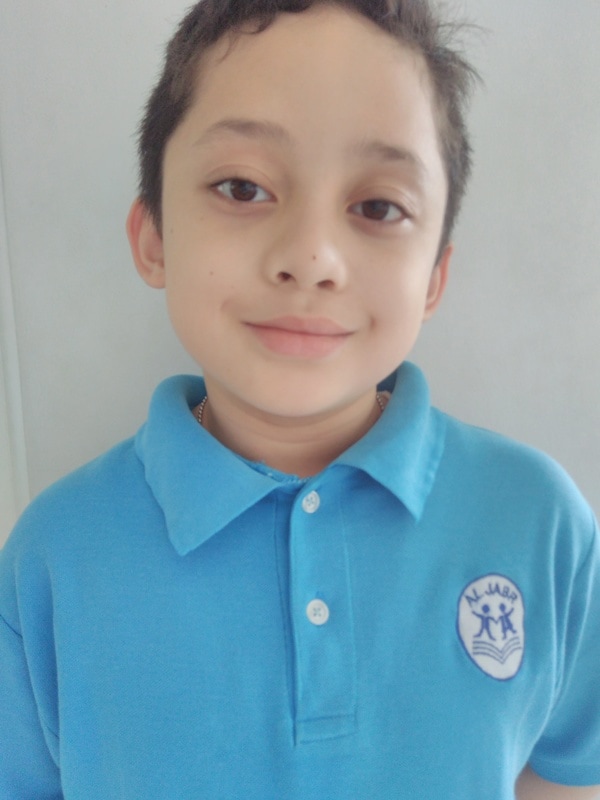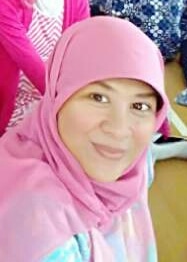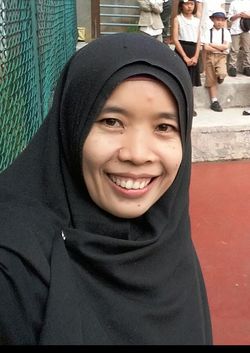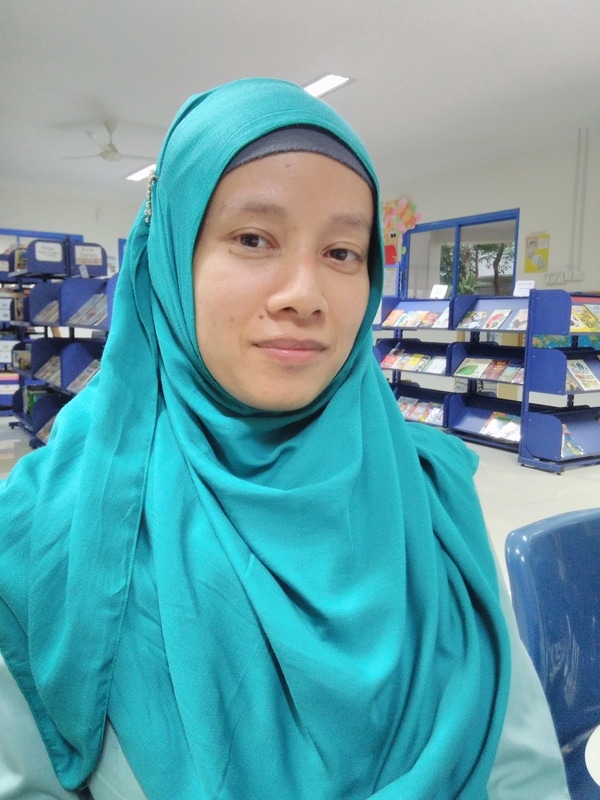Butterfly population at school
The students:
General information:
Central Idea: Biodiversity relies on maintaining the interdependent balance of organisms within systems
Key Concepts:causation, connection, responsibility
Related Concepts: Balance; Biodiversity; Interdependence
Lines of Inquiry:
• Ways in which ecosystems, biomes and environments are interdependent
• How human interaction with the environment can affect the balance of systems
• The consequences of imbalance within ecosystems
Learning outcomes:
Key Concepts:causation, connection, responsibility
Related Concepts: Balance; Biodiversity; Interdependence
Lines of Inquiry:
• Ways in which ecosystems, biomes and environments are interdependent
• How human interaction with the environment can affect the balance of systems
• The consequences of imbalance within ecosystems
Learning outcomes:
- Describe and examine the interactions of living things within and between ecosystems and interactions between living things and non-living parts of the environment
- Recognize that solar energy sustains ecosystems through a transformation of energy
- Investigate the conservation of energy in ecosystems
- Analyze the effects of changing a link in a food web
- Explain how human activities can have positive or adverse effects on local and other environments (for example, waste, agriculture, industry).
The mentors:
step 1; wondering, exploring and questioning
|
Start the unit we have to find the same time to discuss. Many things that wondering. We write more questions related to butterflies. Why do we have to explore about butterfly? How do we know that butterfly is important for the environment? What kind of host plants that can easily attract the butterflies and caterpillars?
At the beginning, we only know that butterfly is nice, has beautiful wings and not danger. Start from now, we will find out more about it. |
|
step 2; researching and seeking information
|
To gain the knowledge, students start searching and collecting data and information from the internet, field trip to butterflies museum and conservation.
We decide to visit 2 places that can be our resources. Boys go to Insect museum at TMI and girls go to Scientia Park at Sumarecon BSD. There are a lot of type of butterfly and lots of knowledge that supporting our data. From the internet, we also find many things that can we use as our additional data and information. That can be our recommendation. At the end, they write reflections in different ways like mind map, power points, PMI, etc |
| ||||||||||||||||||||||||
step 3;collecting data and reporting finding
|
Alhamdulillah we had excursion to IPB. we met our primary resource. she was a doctor who teach in the faculty of agriculture.Ibu Nina was very welcome to us. As our primary resource, she could answer all the questions, gave us suggestion for the next step and we saw some her experiment in her lab.
In IPB's lab was complete with the materials to support for experiment. We did lab tour and got clear information. At the end, they write reflections in six thinking hats and thinker keys. |
|
step 4;experimenting and playing with the possibilities
|
In this week, the target are to do experiment and try to do something that related with our topic.
First, we do observation in our school areas. When does the butterflies come everyday? Where the most favorite place for butterflies come? What types of butterflies exist in Al Jabr areas? What plants the most supply for butterfly? We must start to observe and identify. Second, we decide to do observation for one week. We have to divide into 2 groups from us. So, we can take turn to do it during mentor meeting. When we finding one of butterfly, we identify the body and look at the characteristic, we must know which one is butterfly and which one is moth. This week is very fun and engaging because we have to run and catch the butterfly. But mostly we catch moth. |
|
step 5; making connection between previous and current learning
|
Next steps are making experiment, making survey in Al Jabr community and summarize the conclusion.
At the beginning, we must decided 2things. There were, where the location for cage conservation? School decided we get in back yard of myp class. We started to cut the grass, buy net and put into around the cage. We did experiment for 3 weeks. We taking turn to check the temperature, watering the plant, catching butterfly and then we put into the cage, also we must observed the changes all the plants. During the experiment, we also did survey in our school community. The questions mostly are perspective questions. We got the data and directly made the bar graph. The result was good because our school community seems that support butterfly by let them in their nature. We did survey and observation around Al Jabr about the host plant. Types of host plant in Al Jabr is very limited. Thats why the butterfly also limited. Mostly we saw moth not butterfly. So, the conclusion of our experiment is Al Jabr needs to plant more hostplant for butterfly. Could be big trees or flowers around school. To know what are the plants that provided in Al Jabr, we made Venn diagram about host plants in Al Jabr and compare with host plant in the world. Also we compare the host plant in tropical host plant.The similarities very limited. not even 10 plants. |
|
step 6; deepening understanding through application of knowledge
|
Since the school has limited host plant for butterfly, we decided to make one more conservation at 3rd floor as our action that can be sustainable for us and school. We also provide some host plant in it. There are orange plant, flowers plants and 3 pots of sun flowers seeds. Hopefully, the plants will grow normally and butterfly will come to the cage (conservation).
Everyone are welcome to see and observe our action at school. We do the exhibition on May 16 and 17 in the main hall of Al Jabr. Insya Allah, we all got the knowledge, skills, able to apply in our daily life and worth-ed for the environment. And of course for supporting Al Jabr in Adiwiyata program. |
|

